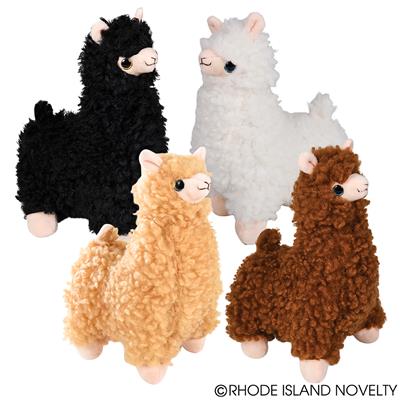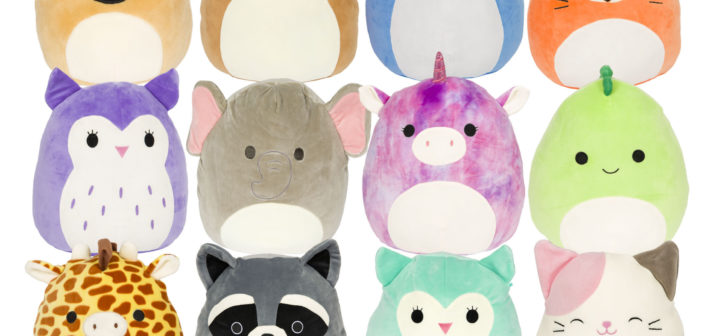Crane Profitability
How to Identify and Track Trends

Howard McAuliffe
by Howard McAuliffe, Partner, Pinnacle Entertainment Group
It is no secret to experienced operators that merchandise games drive modern arcade sales in nearly every case. Ticket redemption games generate 60 to 70 percent of sales, cranes and merchandisers 15 to 25 percent and other games make up about 15 percent in most modern arcades.
Cranes have been around as long as any other game in the arcade, but they are still the area that we see most often neglected. Even in profitable centers, with very well-managed redemption counters, cranes are often an afterthought.
Cranes are near and dear to my heart because I started in the business working our crane route as a teenager, so there is some nostalgia. More importantly as an entrepreneur, cranes are near and dear to my wallet because I know how profitable these machines should be. Cranes are significantly less expensive than the average redemption or video game and sustain their earnings for longer than those other pieces as well, making them a powerful profit driver over time. In fact, this column started as a crane trend-focused feature and, while it evolved to more broadly cover arcade operations, what’s going on with cranes remains as important as ever.
Of course, there are specific products that are performing well, which we’ll go over. Just as important as specific products is how to use data to measure what is working. Data has become much more readily accessible with the proliferation of card systems and there is a lot of detail on game sales (plays) and on product movement.
Crane product directly impacts the sales of the machine, but the data tying machine plays to product in that machine is not easily captured in a card system and is therefore difficult to track and aggregate. Here are the data points that must be tracked:
1) Win Rate: The number of plays it takes to win a product. This must be tracked manually.
2) COGS: The cost of the product sold through the machine including freight. This should be tracked in the card system when possible as well as manually.
3) Game Sales: The plays the machine generates. This is easily available in card system data.
4) Product: The merchandise in the machine. This must be set-up to be tracked and managed in a card system and/or manually.
We are working to develop better data from card systems to really dial into the details on specific products, as well as types of merchandise that works best in cranes. New features and systems for setting up cranes are making tracking and aggregating this data easier, though it still takes focus and some manual work, especially on the front end. While aggregating this across multiple locations, a good manager can track this information in a facility with a little focus and processes.
Currently, the following items are the ones we see generating above-average sales. While these items all perform well, they inevitably lose their appeal and must be rotated. For most locations, we suggest rotating product every three to four weeks to give customers new items to play for.
Top Items
1) Tickets: We consider cranes that give tickets “redemption games” because there is no direct prize vend. However, it is worth noting ticket cranes including Ticket Ring and giant ticket cranes continue to perform exceptionally well. However, there is a limit to how many of these cranes, as well as related games that give tickets as a prize like Tower of Tickets and Zombie Snatcher, you should include in your arcade. We see clear cannibalization occurring in this category when too many of these games are added.

2) Themed Plush: Llamas or alpacas, hamsters, egg animals and belly buddies were among the leaders. This summer, realistic looking plush performed well. This was surprising since, traditionally, realistic plush has not done well in cranes. For the first time I am aware of, this changed.
3) Licensed Items: Squishmallows (those pictured left are from King Plush) have been red hot for over a year now. In addition, Pikachu continues to sell well. Also, we always like to include licensed plush related to major motion pictures because of the massive advertising spent by the studios on those movies.
4) Low Cost/High Win Rate Items: Among the leaders here are 2” rubber animals including ducks, themed knobby balls (see RI Novelty examples below) and generic “squishy” items.
Taking the time to focus on cranes will pay significant dividends over time. Make sure to understand the key numbers related to cranes. Create a blend of manual and technological systems to track these numbers. Identify products that are on trend and rotate them frequently. If this is done, cranes will generate more profits and continue to do so for a decade or more.
Howard McAuliffe loves to imagine and implement new products, business models, and ideas, and is a partner in Pinnacle Entertainment Group Inc. He’s an industry veteran who got his start in the business when he was just 16 and has 20 years of expertise in product development, as well as FEC and route operations. Howard’s wife Reem and young son Sami are the center of life outside of work. When he’s not working, Howard can be found enjoying the outdoors, hiking, fishing and mountaineering. Traveling anywhere new or to old favorites like the American West is a passion. Readers can visit www.grouppinnacle.com for more information or contact Howard at [email protected], he welcomes positive as well as constructive feedback and counterpoints.




